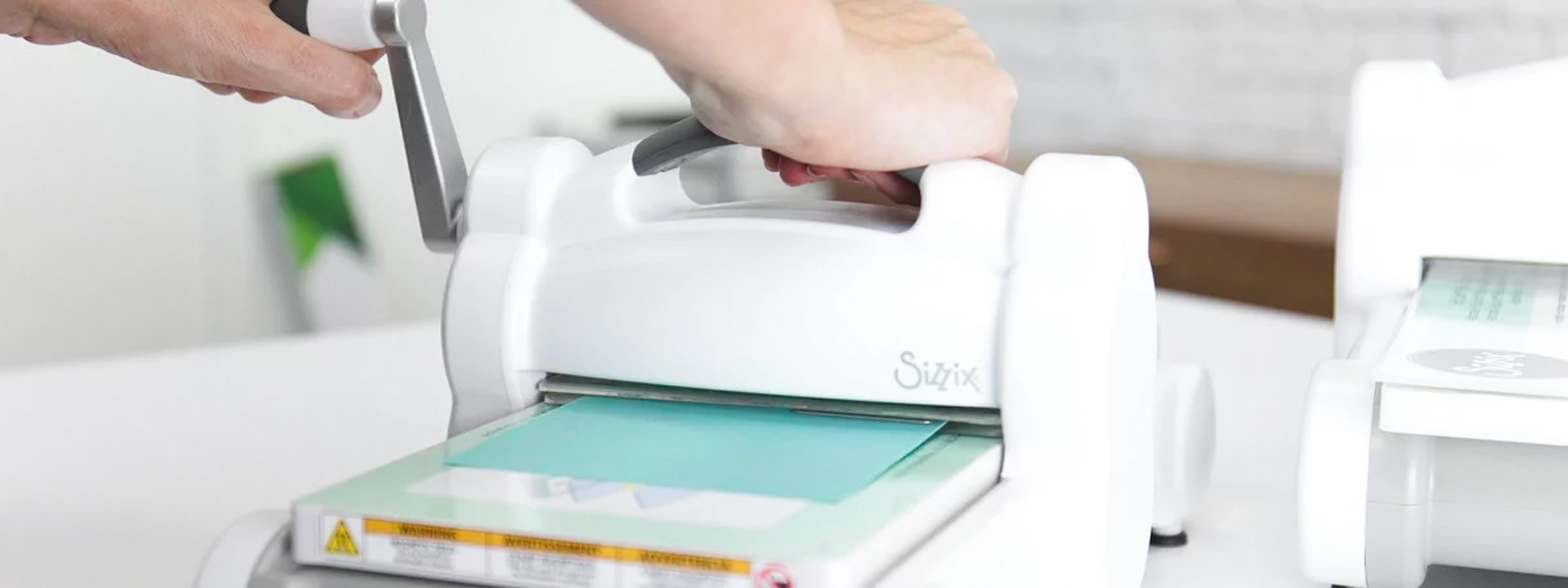A die is a steel blade used in printing that slashes through the paper to give it a specific shape or cut-out. A cookie-cutter on steroids comes to mind. This article will help readers to learn more everything about die cuts.
Custom Dies
A bespoke die can be used to create a printed piece that is genuinely one of a kind. A dice can be placed strategically to “peek” at the content behind it, captivating the viewer, even if this requires more design work. It may take a distinctive form that draws attention to a brand and strengthens the business message. Or it could use a unique silhouette to express a thought.
Functional Dies
An array of standardized dies that a printer can use is extensive. In a few instances, along the center of an envelope with rounded corners, a door hanger with a hole and a slit at the top, a presentation folder with flaps to create a pocket and slits to retain a business card, and the list goes on.
Because it’s part of the printer’s routine operating method, the die-cut is frequently never considered by the client.

The process of die-cutting
The design that will precisely cut out the necessary shape from the printed material comes first in die-cutting. The die is carved out of a wood block using a thin, sharp metal blade. The block must be manually placed precisely where it needs to be on the die-cutting press. The substrate (such as paper, a label, a magnet sheet, etc.) is fed into the die and forced against a metal cylinder to cut out the shape.
Uses for die-cut
Die-cut print pieces are striking and frequently quite creative. They do a great job of visually alerting the spectator to the unusual nature of this piece. Invitations, covers (for corporate reports, periodicals, and booklets), distinctive business cards, and promotional items like magnets, table tents, stickers, etc., have been some of SmithPrints most fascinating die-cut pieces.
Catalogs are an essential part of printed marketing collateral, yet they must be more frequently noticed. A potential customer’s initial impression of your business and the things you sell comes from your catalog. A catalog helps close the gap between the real and digital worlds by gradually telling a prospective customer the story of your business. According to this Xerox research, individuals still like printed catalogs over digital ones despite living in a technologically driven society.
